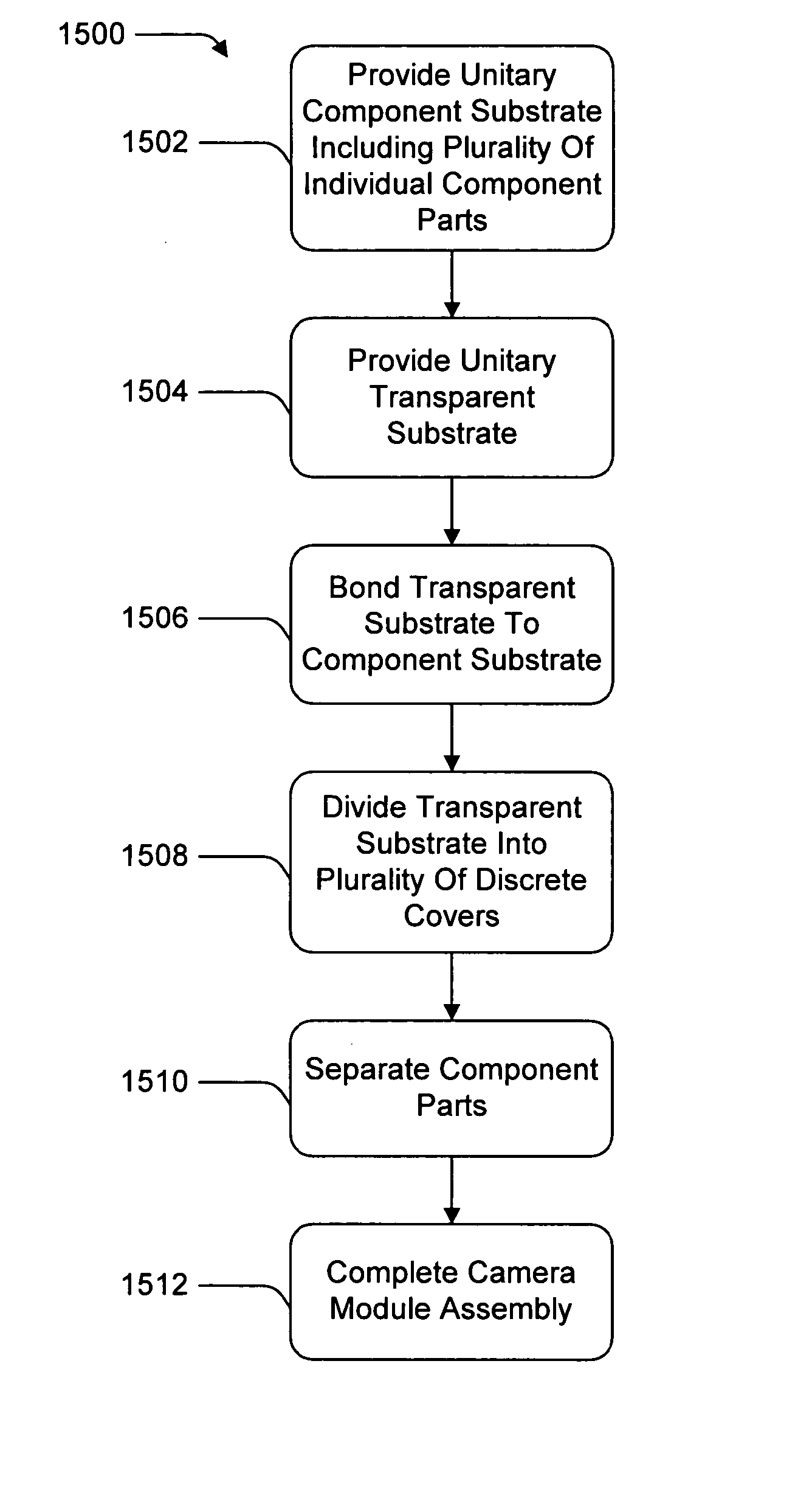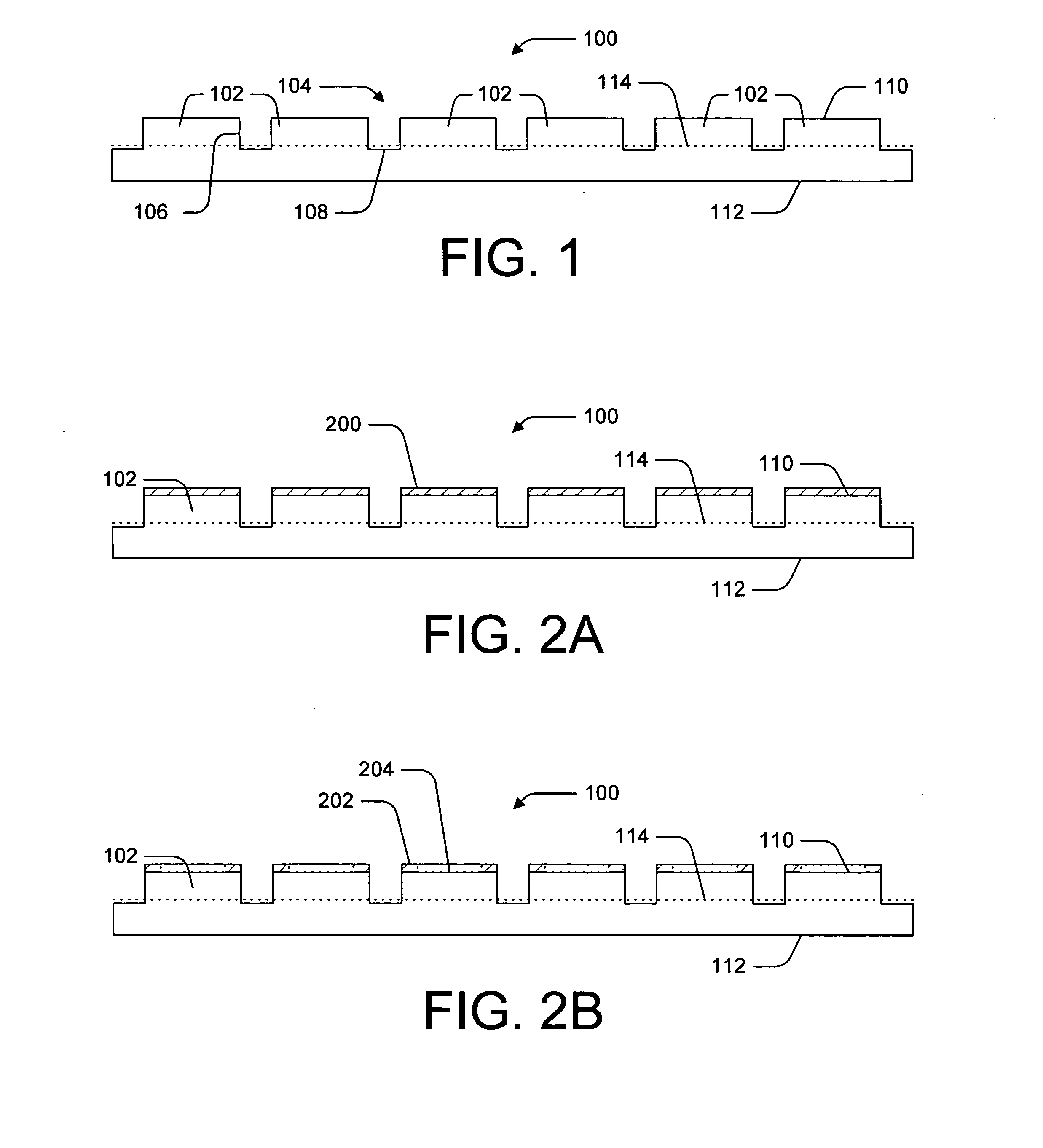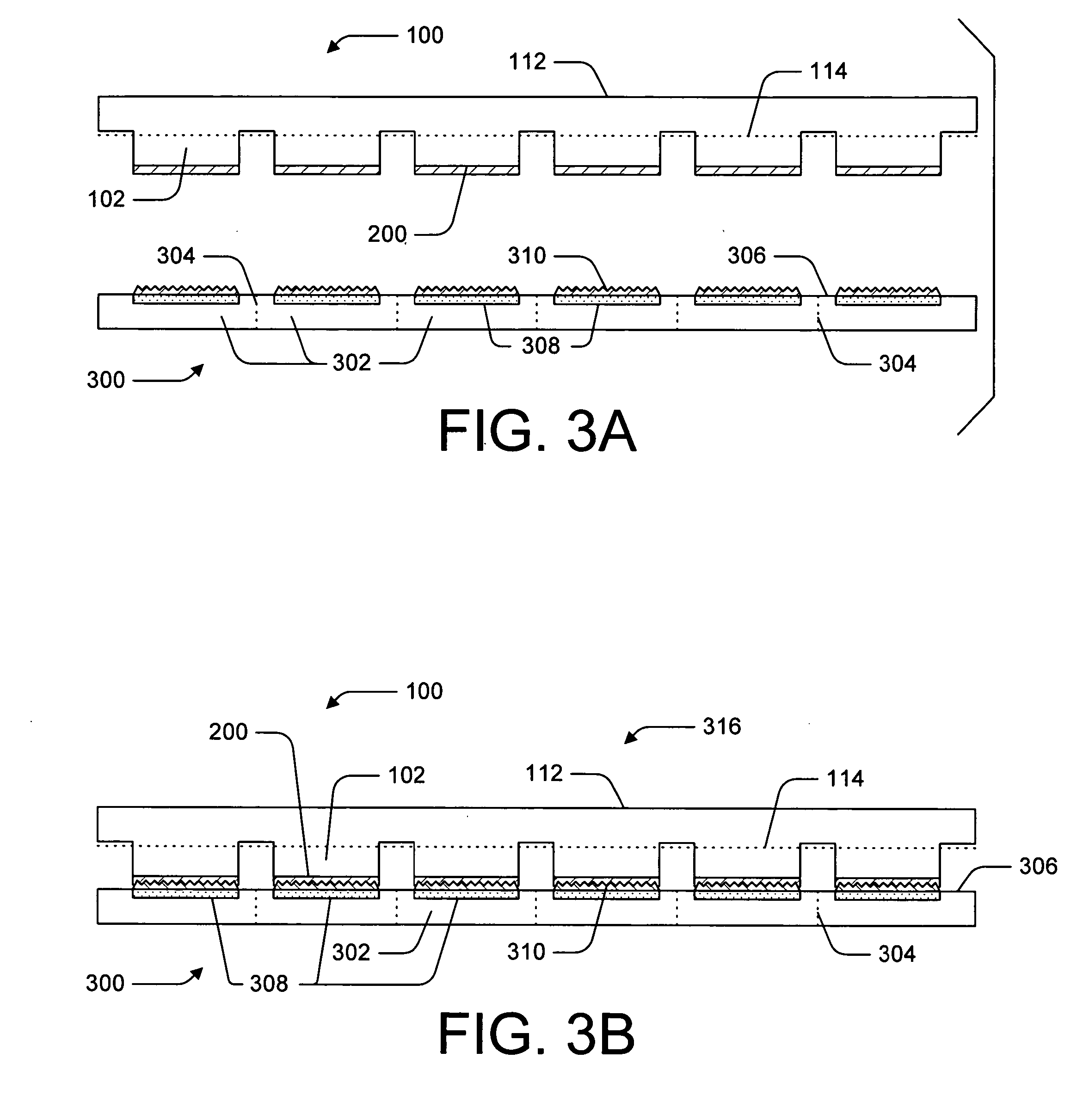Method for mounting protective covers over image capture devices and devices manufactured thereby
a technology for image capture devices and protective covers, which is applied in the field of electronic devices, can solve the problems of time-consuming and labor-intensive to attach protective covers to each image capture device, adversely affecting images captured by the device, and inability to meet the intended use of the camera module, so as to facilitate the use of thin protective covers, improve manufacturing quality and yield, and improve the effect of quality
- Summary
- Abstract
- Description
- Claims
- Application Information
AI Technical Summary
Benefits of technology
Problems solved by technology
Method used
Image
Examples
Embodiment Construction
[0042] Particular embodiments of the present invention will now be described with reference to the drawings. In the following description, numerous specific details are set forth (e.g., certain manufacturing and assembly processes, example lens housings, etc.) in order to provide a thorough understanding of the invention. Those skilled in the art will recognize, however, that the invention may be practiced apart from these specific details. In other instances, details of well known manufacturing practices (e.g., semiconductor fabrication, optical bonding, component mounting, etc.) and components have been omitted, so as not to unnecessarily obscure the present invention. It should be understood that the full scope of the invention is not limited by this detailed description of particular embodiments of the invention.
[0043]FIG. 1 is a cross-sectional view of a unitary transparent substrate 100 that includes a plurality of individual protective covers 102 partially defined by a plura...
PUM
| Property | Measurement | Unit |
|---|---|---|
| thickness | aaaaa | aaaaa |
| thick | aaaaa | aaaaa |
| thick | aaaaa | aaaaa |
Abstract
Description
Claims
Application Information
 Login to View More
Login to View More - R&D
- Intellectual Property
- Life Sciences
- Materials
- Tech Scout
- Unparalleled Data Quality
- Higher Quality Content
- 60% Fewer Hallucinations
Browse by: Latest US Patents, China's latest patents, Technical Efficacy Thesaurus, Application Domain, Technology Topic, Popular Technical Reports.
© 2025 PatSnap. All rights reserved.Legal|Privacy policy|Modern Slavery Act Transparency Statement|Sitemap|About US| Contact US: help@patsnap.com



